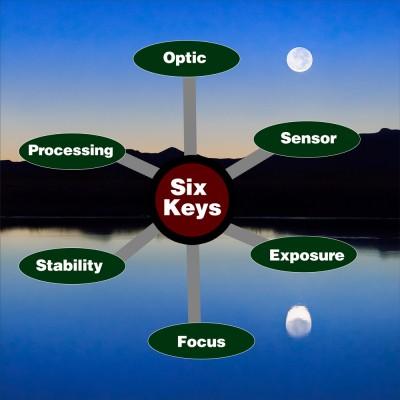
Lets talk quality. Great editing starts in the camera as you visualize and plan the image. The better you start, the more effective post production will become. This is something we discuss extensively in EXposed and in PHOTOGRAPHICS video workshops.
Now years back I discovered astounding quality of large format film and dug deep into better image quality with digital. I wanted to know what it was capable of and how to raise the bar. Next I wanted to lay it out in simple terms. I thought of inventing a cool acronym, but decided to get to the point and lay out Six Simple Keys to Image Quality. Whether you make portraits, pictorials or billboards, these principles are the same.
Now I’m talking serious quality stuff for those who are willing to work to make their images as good as they can be. A Facebook post or a tiny 5×7 print can get away with a lot. It’s small and the viewers expectations are usually low. But understanding the Keys will help you understand what quality means to you, to a wall print, to an art gallery, or to that submission to an agency. The Keys are given in the order they effect our images and every one is critical.
1. Optic:
It starts here and there’s no way out of this. If your lens is bad, your image quality is too. A $200 zoom is not giving you the same quality as a $2000 L series pro lens. The difference between cheap glass and great glass is huge. If you want great image quality need great glass. Are there variables? Sure. For example a Canon 50mm 1.4 lens is not that expensive (around $400 usd), but it’s known for quality. Some primes however are even more expensive than zooms and worth every penny. Do your homework and get the best bang for the buck, but don’t expect get off cheap when it comes to quality. For further study see my article on resolution.
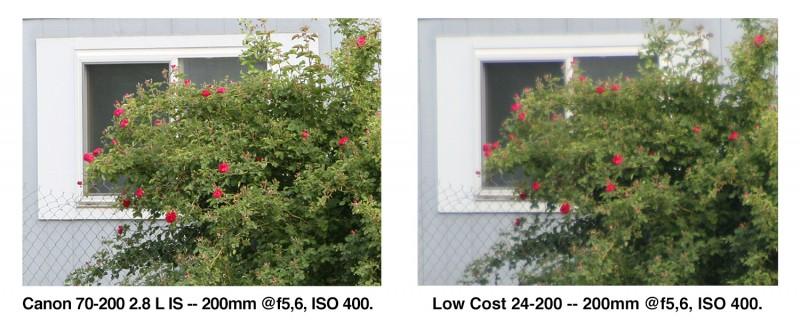
2. Sensor:
What your sensor or film can do and how far you push it will effect your image. If you push a sensor to it’s max capabilities you’ll get lower image quality. It’s that simple. That’s not to say you never push it. Just know the consequences, know what your sensor can do. At what ISO does it fall apart? Does it get artifacts during long exposures?. How good is it’s pixels? If you have a 15 mp sensor on a phone and a 15mp sensor on an SLR, there’s no comparing them. The larger sensor will retain quality better. It’s pixels are less crowded and higher quality. Like glass, quality is what counts. But no matter what sensor you have, remember everything will have a consequence. Know the limits.

3. Exposure:
A perfectly lit scene will always give you better images because you’ll have to do less to compensate later. This is why I teach exposure and Zones so heavily *(You can watch a primer video on them on the EXposed Workshop page). Lets say you underexpose a portrait, or don’t wait for the right light in your scene. Sure you can compensate in post production, but at a cost. The more you have to recover in post, the more you lose in quality. For example, a perfectly exposed photo may have great blacks. A photo underexposed by one stop and fixed in post may be good image, but it will usually have more noise and artifacts. When you find the right light and then expose perfectly, there’s something about the light and the quality that you can’t get any other way.
4. Focus:
If you’re out of focus, you’re out of luck. Oh you can use filters or plugins and tricks to enhance a messed up photo. That’s good stuff to know, but it’s a fallback. Focusing your lens properly and having enough depth of field is critical. An autofocus is great, but I’ve missed some killer images because the AF got lost. I use AF when I need speed, but I manual focus whenever I can. When I have time I’ll lock down and set my composition. Then I’ll zoom the live view to 10X and make sure my focus and depth is really spot on. It pays in spades and helps be plan my images better to boot since I’m slowing down.
5. Stability:
Photographers love making excuses, but the truth is a tripod or mount matters. If you want the best quality you’ll generally use one. I understand it’s not always practical, but I do action and static work and there’s few situations I can’t make it work. Weigh the consequences, because not using supports WILL cost you something. Maybe you can use a monopod in a more active situation instead of a tripod, maybe it’s a hand rail, or even the ground. But look at your options and get the best stability you can. Using a tripod also gives us something else, but more on this below.
6. Processing:
Did you notice that every other key was in camera. Processing is a big one, but it relies on the ones that came before. If great editing can make poor photo good and good photo great. Then it can make great photo truly incredible. Get it right in camera, then get it right in post. I can’t explain in a paragraph how to process perfectly, but if you want more check out the Retouching Magic Workshop. In brief, don’t overdo it. Don’t simply bump sliders because you can. Use tools that are quality (use make lots of them here). Don’t blow the highlights because someone said it’s a style. Consider what your main subject is (if you don’t have one start over). Consider how using editing, burning, dodging, color etc you can draw the viewers attention to your subject in an often subconscious, but powerful way. A great photo is not made by the editing. It is made first. Then refined.

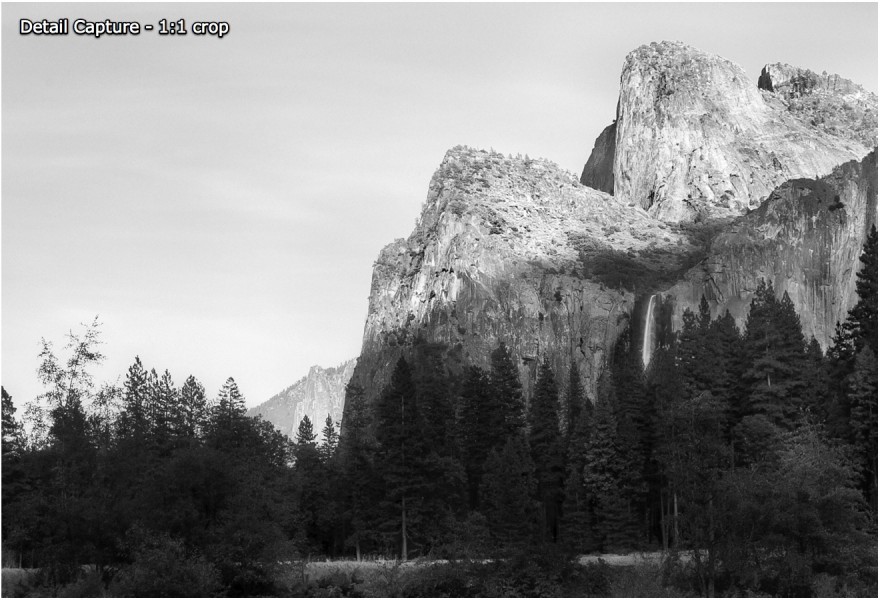
Troubleshooting Photos:
These are not just Keys to think over when you’re making images. It’s a way to troubleshoot what’s wrong with an image. Before we knew the Keys, all these factors still combined to control our image quality. Now that you know them, you can analyze images. Zoom in to 100%, study the details, where could you improve? Is there blurring, depth of field issues? Lack of sharpness due to a poor lens? You can determine all of it using the Six Keys.
Wrapping Up.
Remember that all these Keys interact. Lets look at an example:
Say you’re shooting a sunset at 50mm, ISO200 and you’re getting a shutter speed of 1/30. It’s too slow. You might get a decent photo hand held that looks great on Facebook. Maybe you have really stable hands and you can get a good 16×20. It’s still unlikely that perfection would hold up when you zoomed 1:1. Blurring is a subtle thing.
OK so could crank up the ISO to 400 and get around 1/60. Better, but a tripod will still give you a better. Technically speaking 1/60 is fast enough for a 50mm (shutter speed should at least match the focal length rule), but just as technically if that camera was on a tripod the tight detail will be better.
OK, so now we crank the ISO to 3200. Now were getting around 1/500. I’s still contend a solid tripod would give you more quality, but that aside. You’re now shooting at 3200. While you might get a clear image, it will be degraded by noise. I’m not saying I won’t shoot at 3200 (I did it above). But we’re talking quality. If I use ISO 3200 because it’s required that’s one thing. Bit if I use it because I’m too lazy to set up a tripod, I’m throwing away detail because I’m a slob.
There’s something more to the Keys however. When you think about these factors, you start thinking through your image. Sometimes fast, sometimes slowly as you use a tripod and carefully dial in your composition. Lets go back to that tripod. A photographer using a tripod will nearly always get a better framed image than a one hand holding. Why? Because they will be focusing on the image details and truly visualizing instead of rushing. It alone it will do wonders for your craftsmanship.
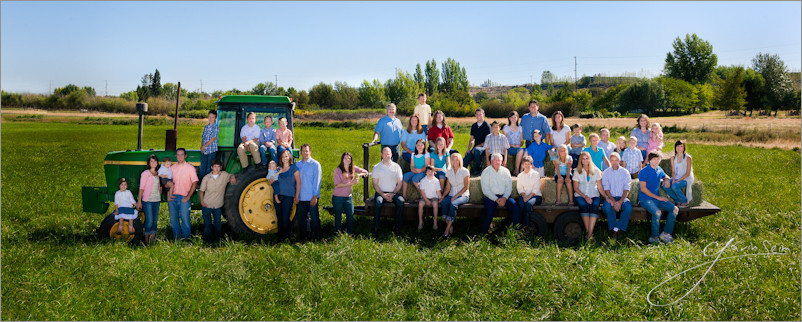
All the Keys are cause and effect. If you want the best IQ possible you should think about every one of the Six Keys in order. If you can check them all off, be pretty certain you’re getting the best image quality possible. That’s said there’s nearly always a way to change the game. Better optic, sturdier tripod, waiting for better light, refining your processing to avoid artifacts. The Keys are not an exact science and rules can of course be broken, if there’s a good reason.
Lastly bear in mind that this is just a basic look at image “quality”. You still need an interesting subject, good composition and mastery over the artistry. This is something we study deeply in the PHOTOGRAPHICS series.
I hope you got something from this. Please pass it on and lets keep raising the bar. — Seim
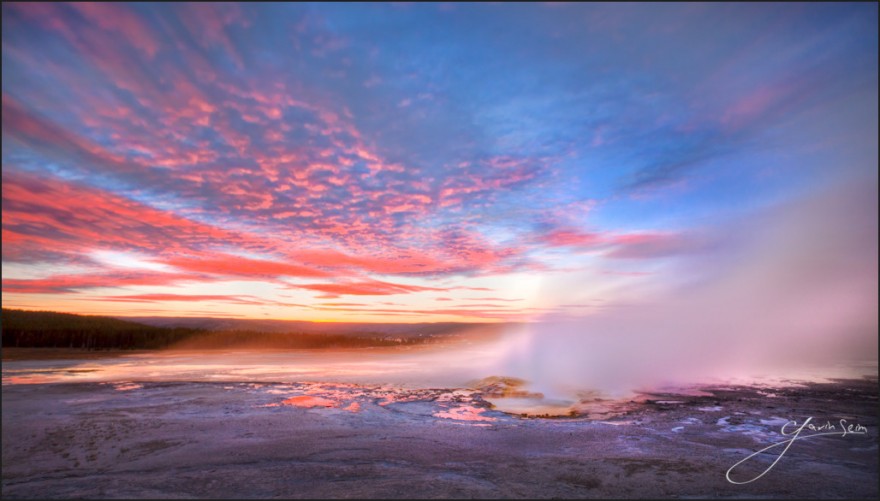


I was wondering what or how do i get a better understanding of metering/exposure? How can i get a great sunruse ur sunset without either blown highliggts or to dark /underexposed shadows or foreground?
Bill I suggest you watch the EXposed series. Everything you need to know about mastering exposure is in there.
https://seimeffects.com/exposed/